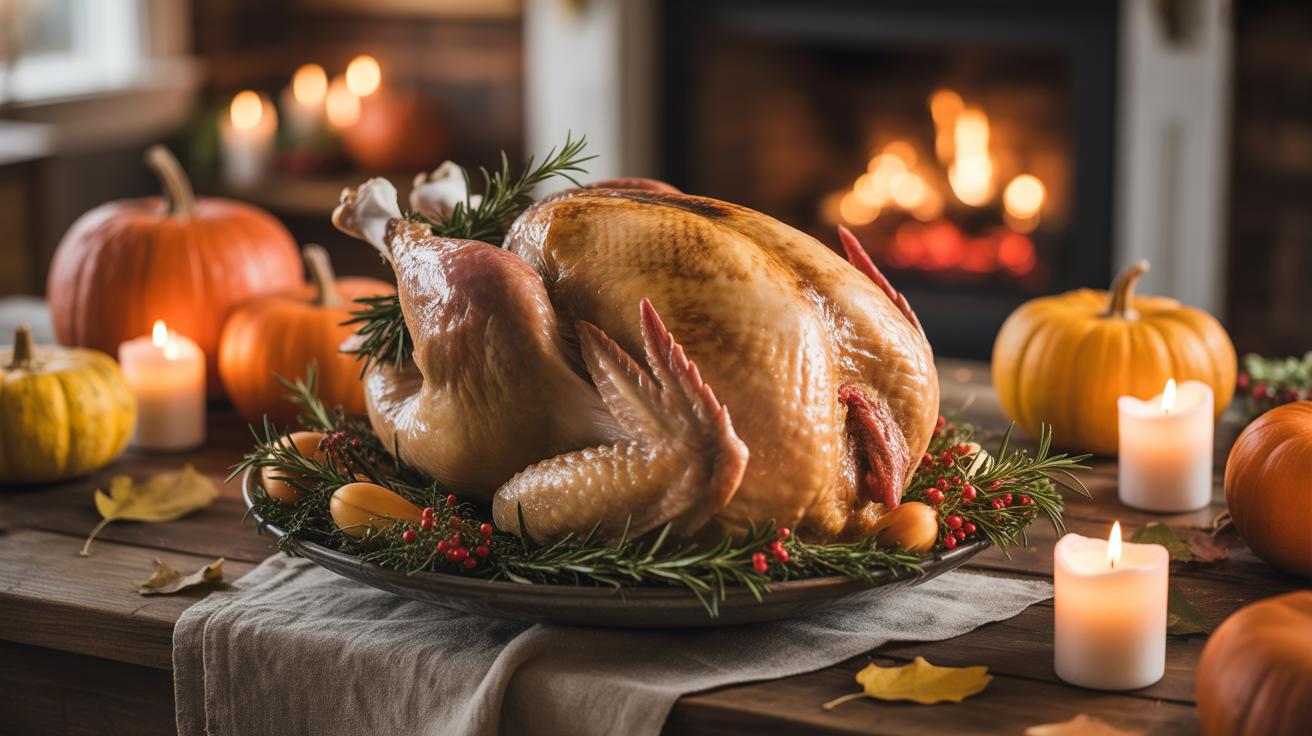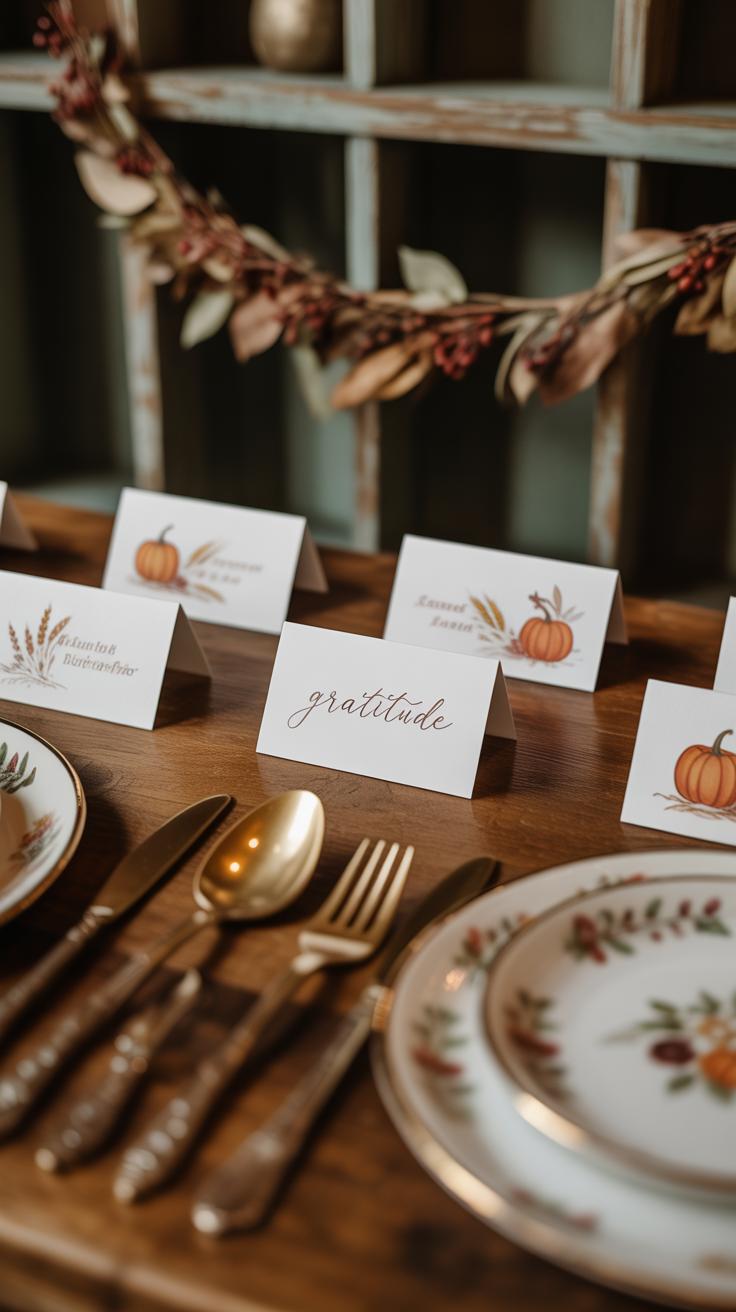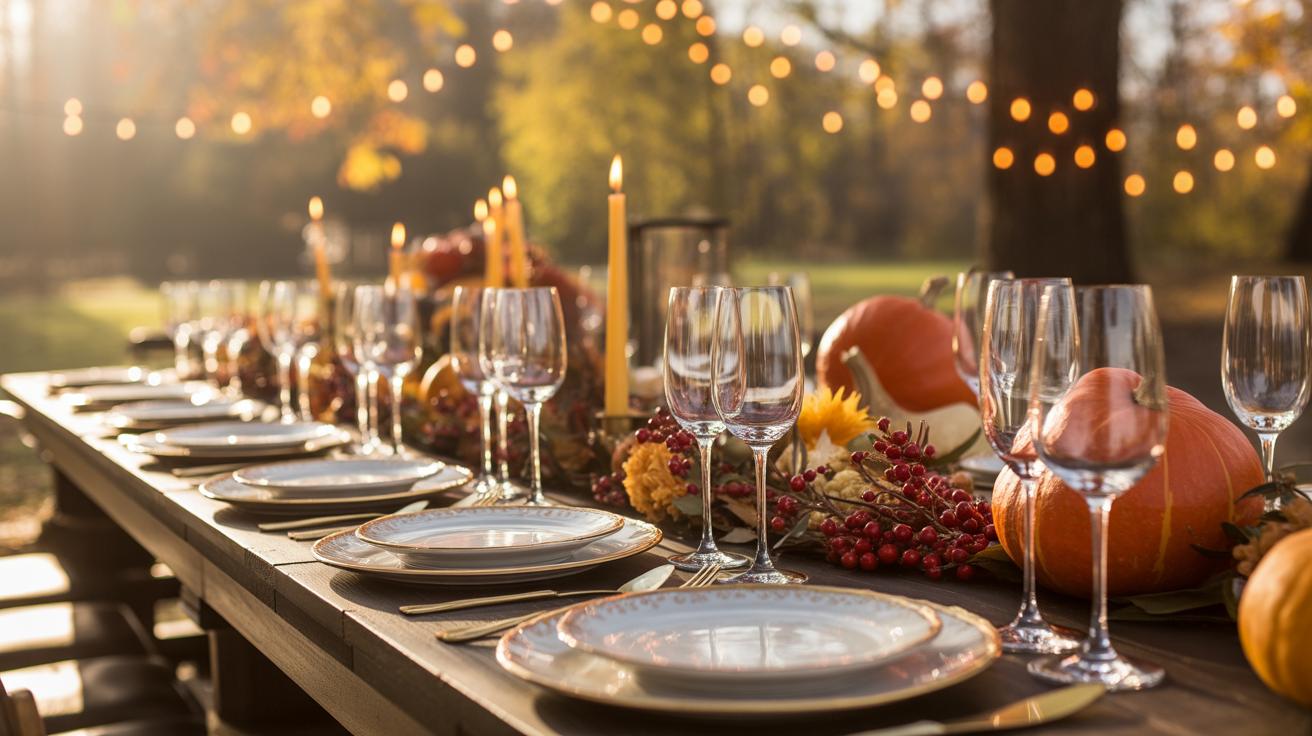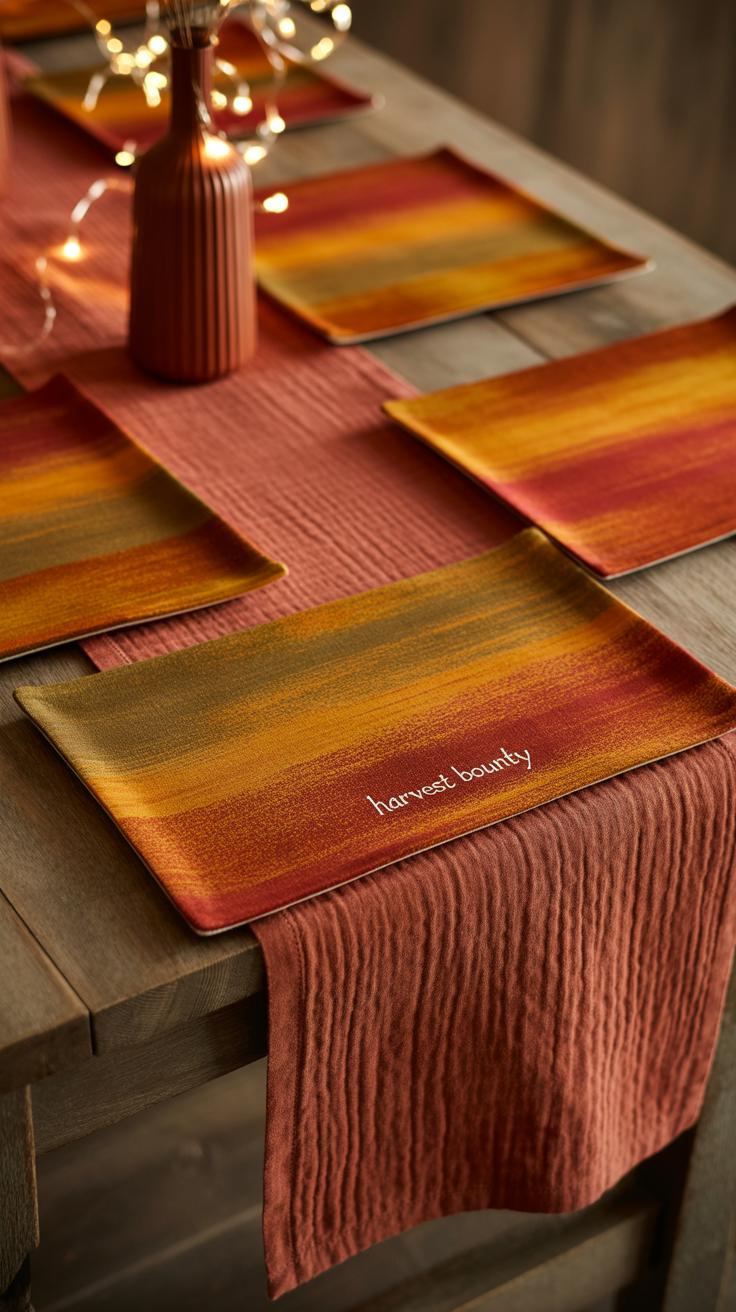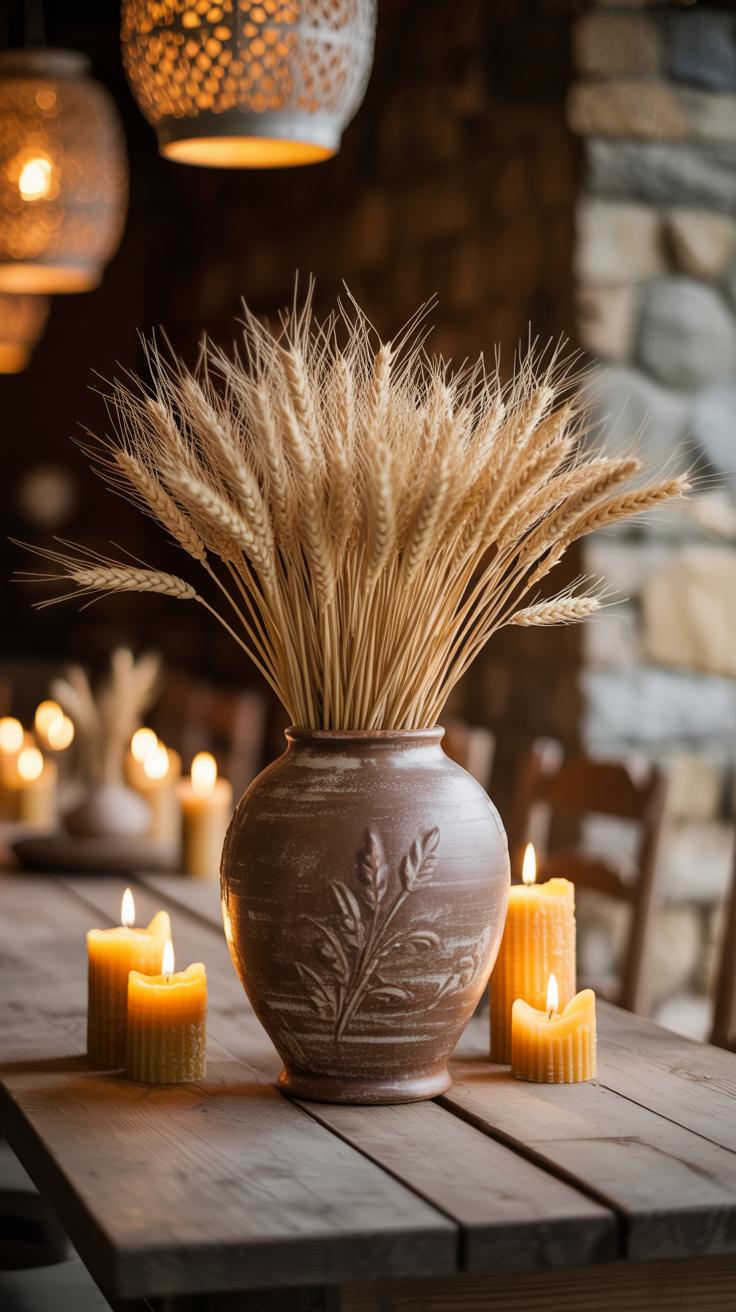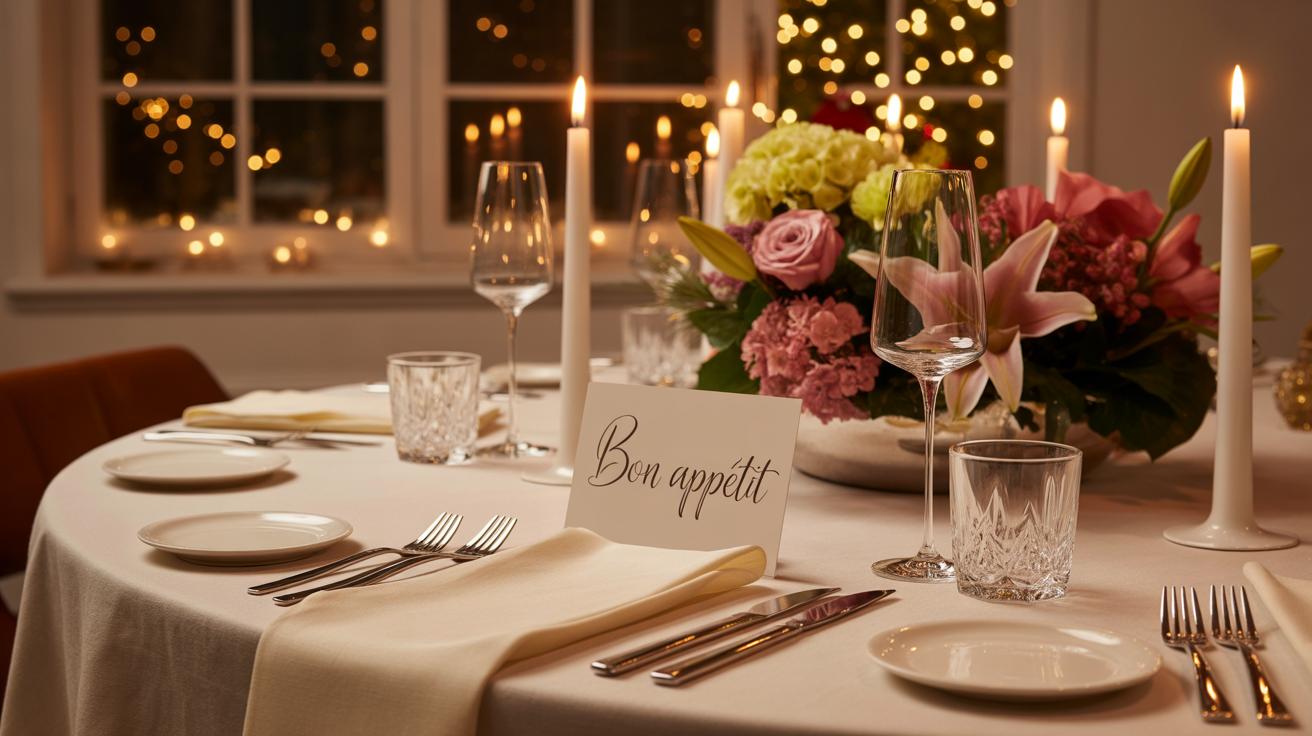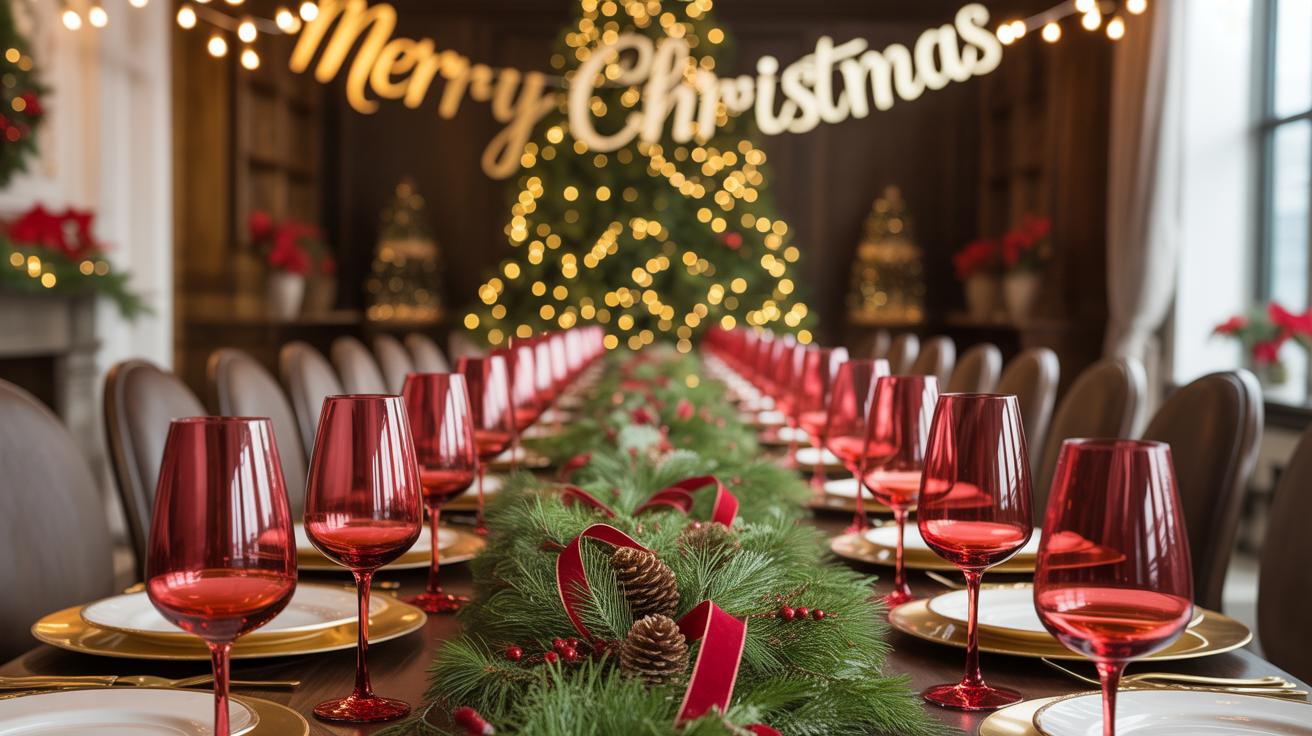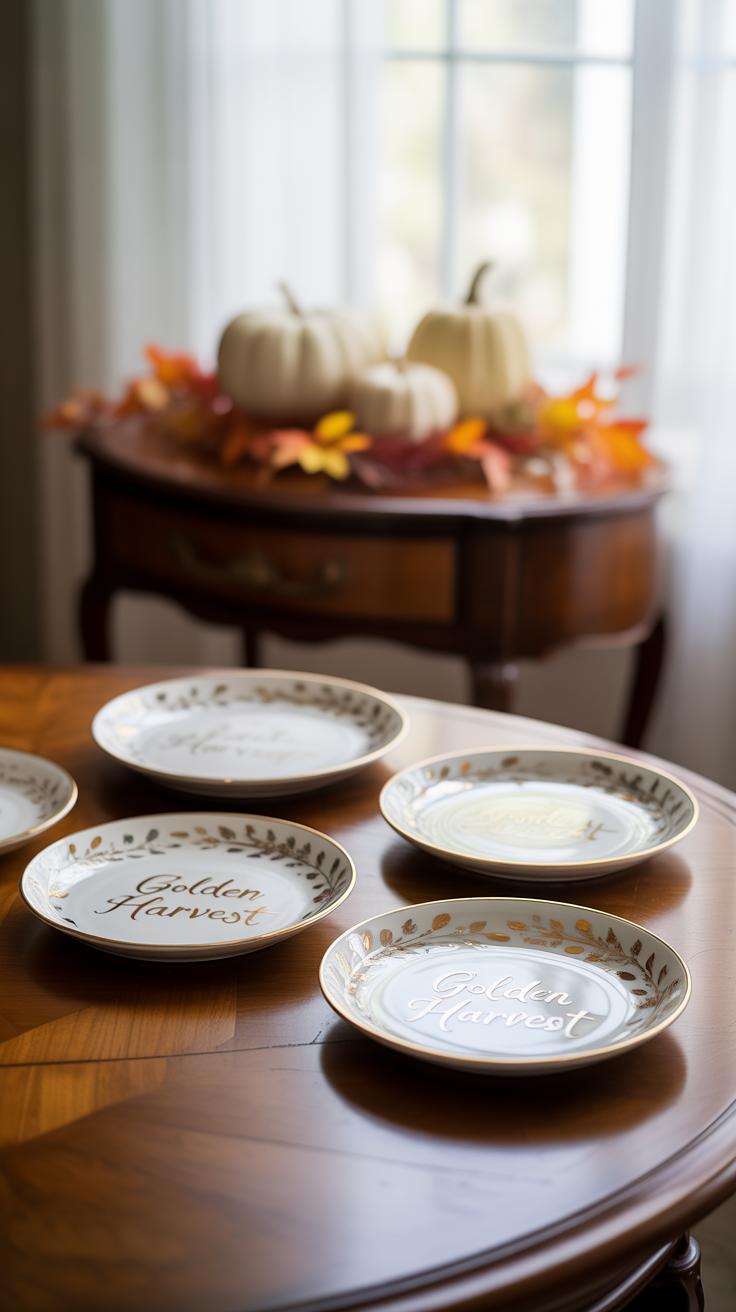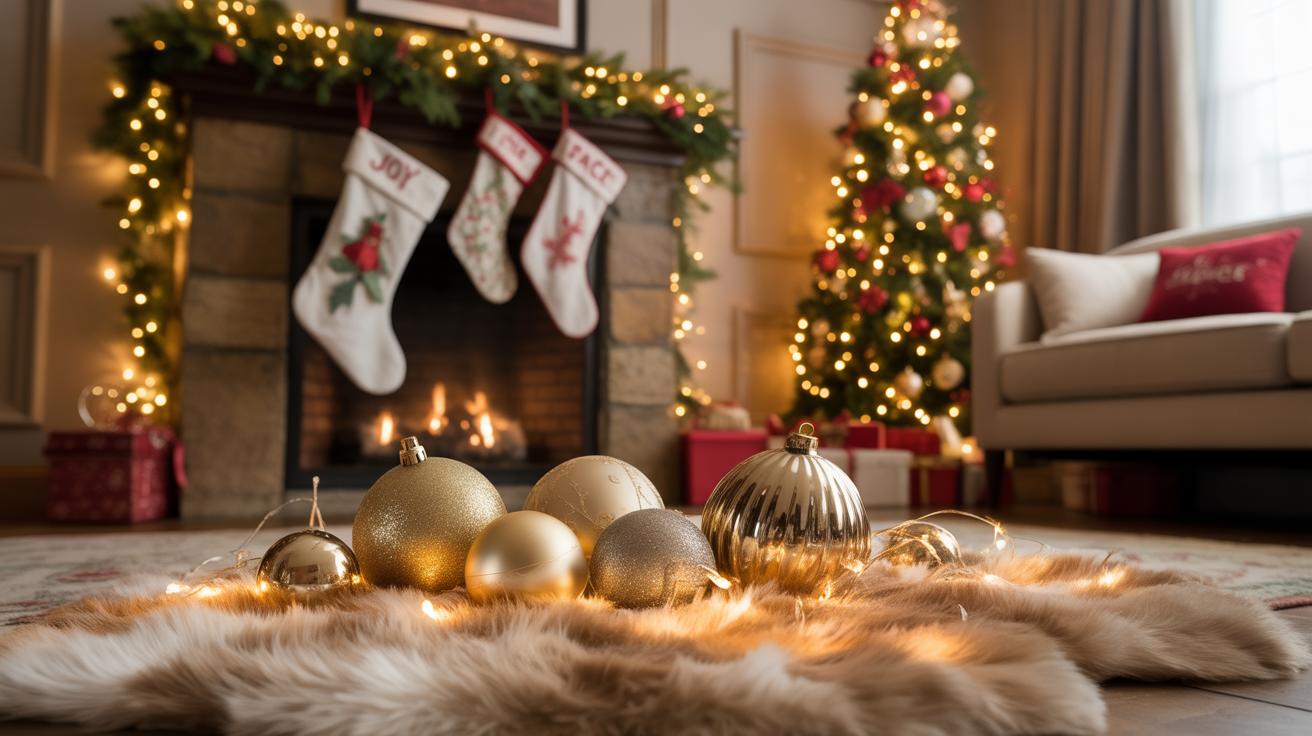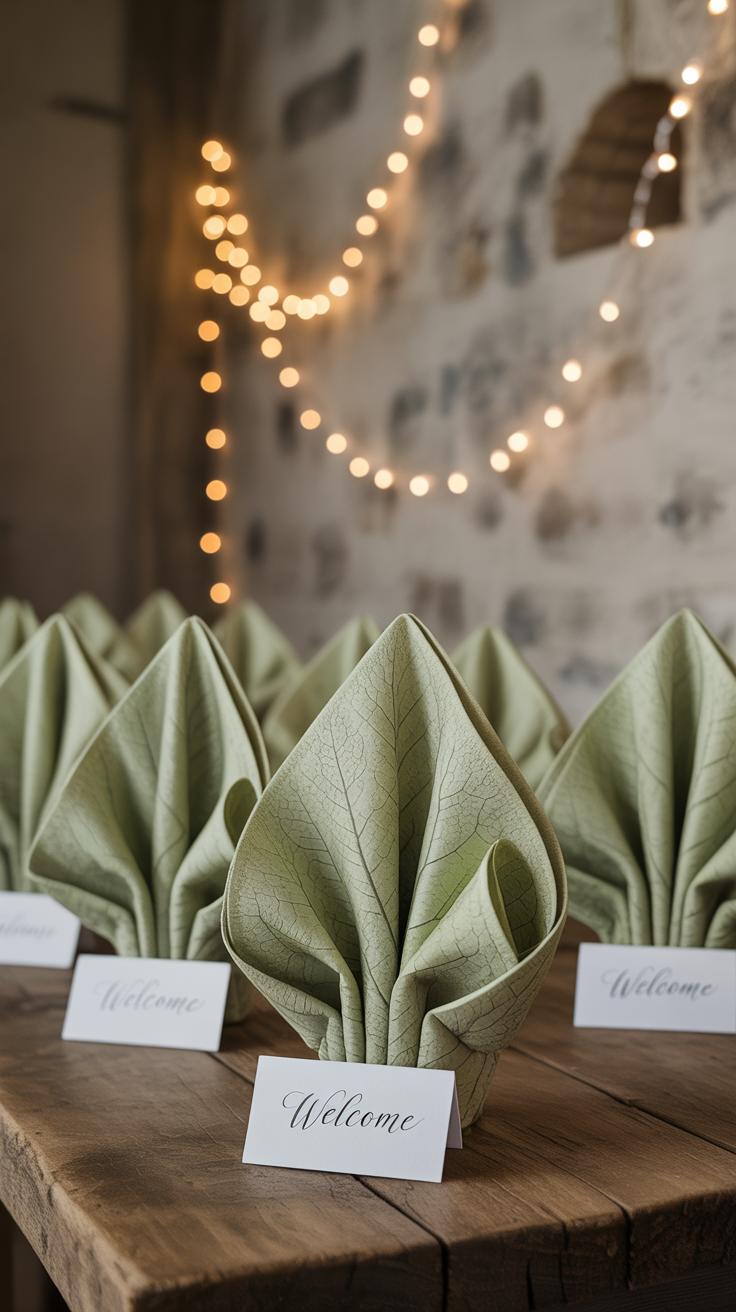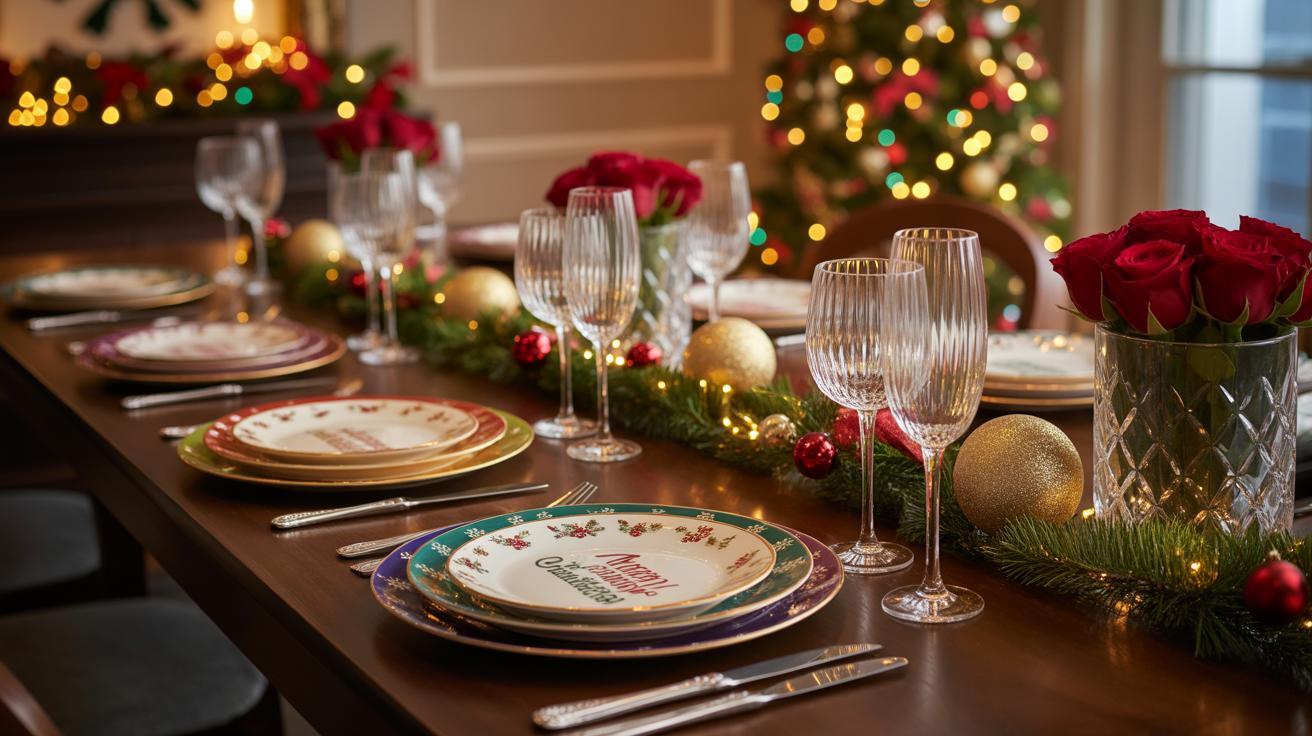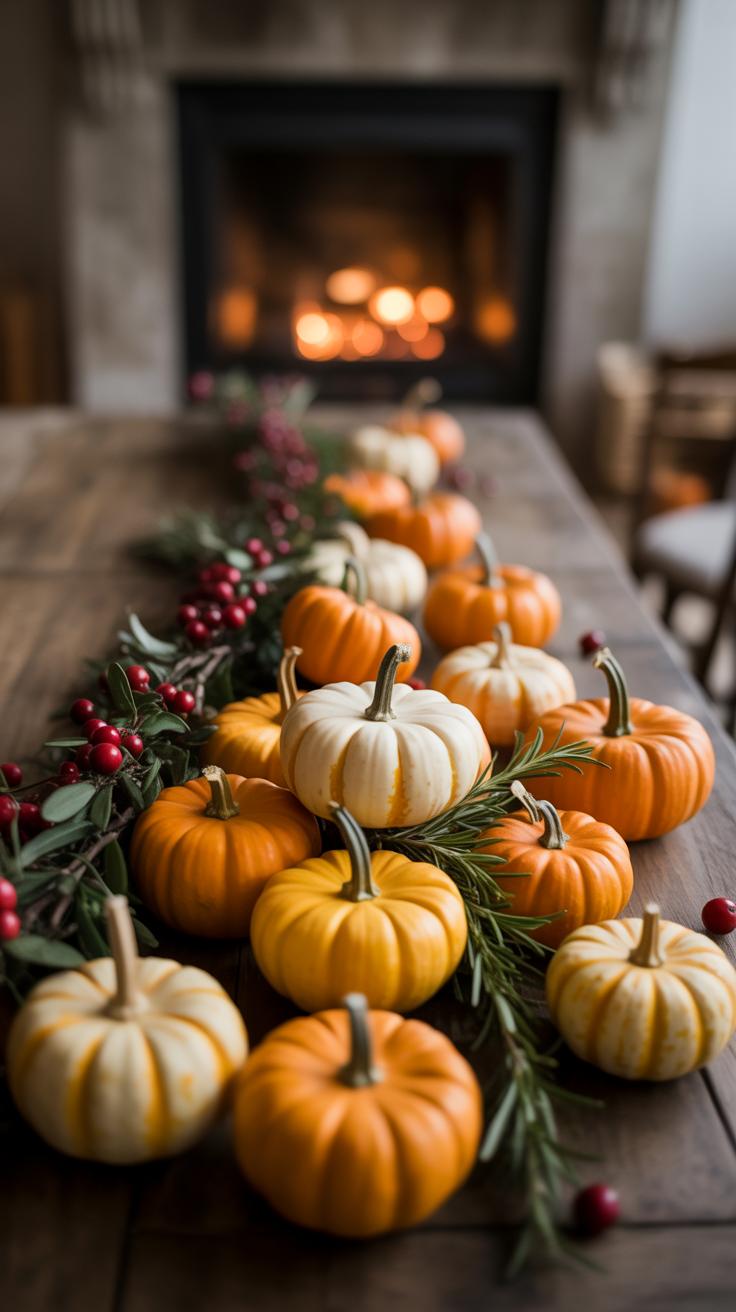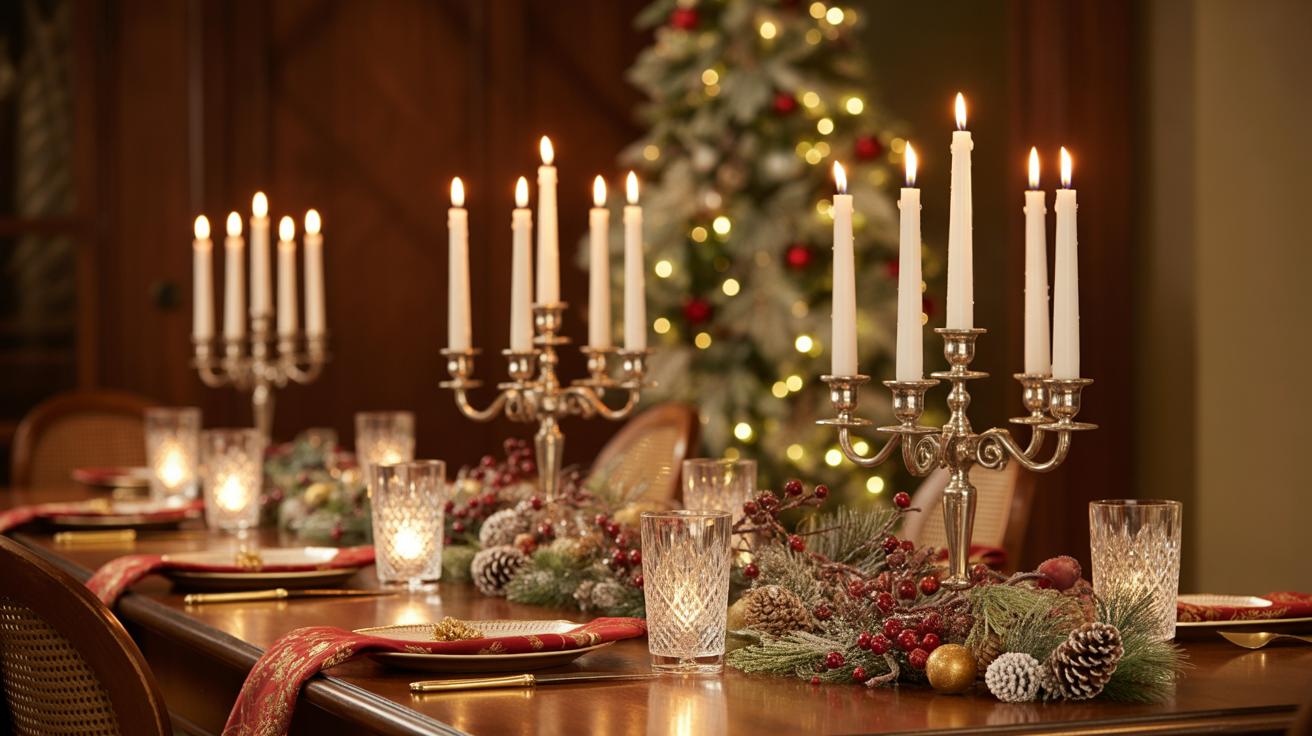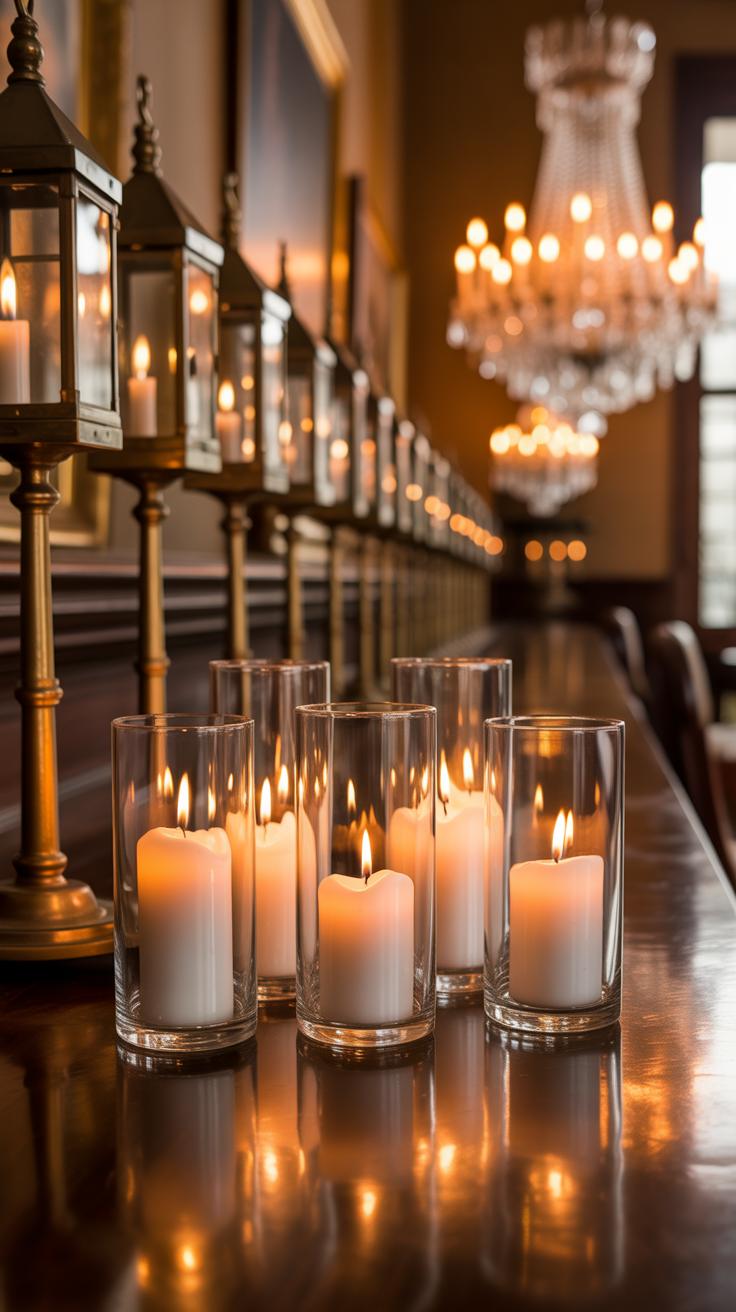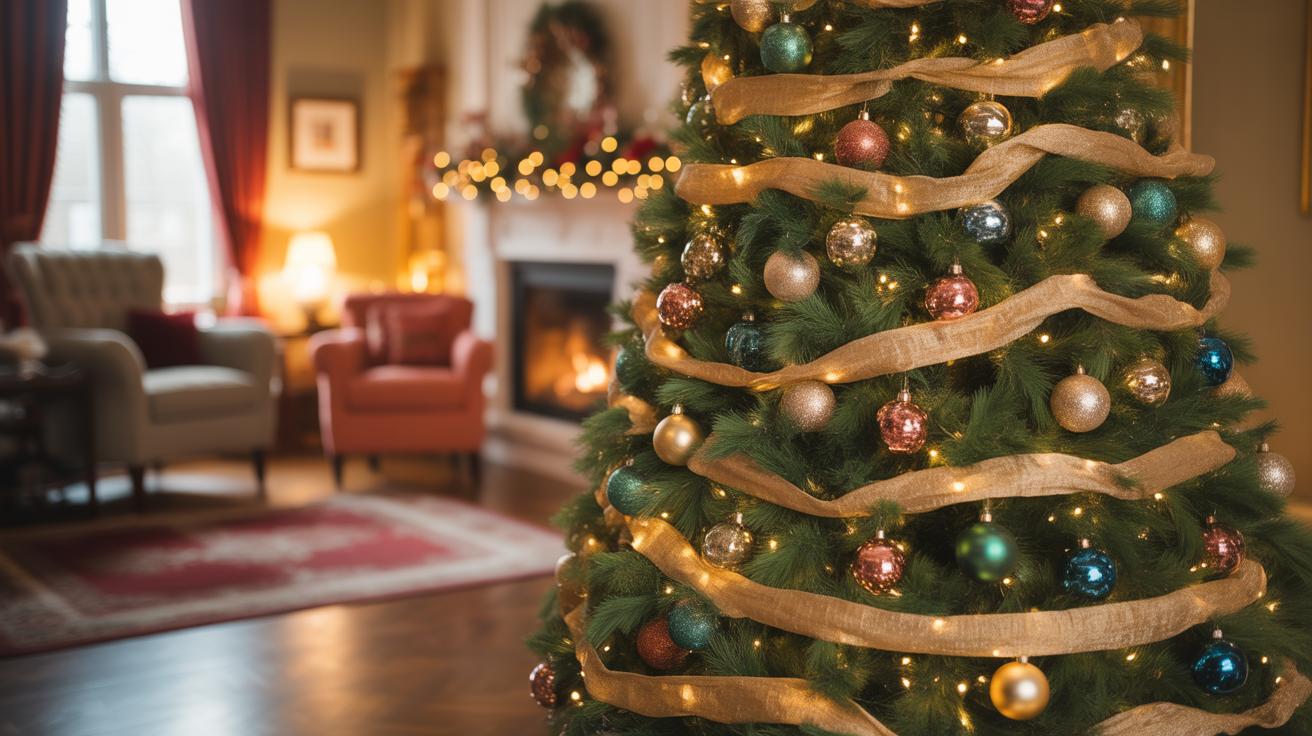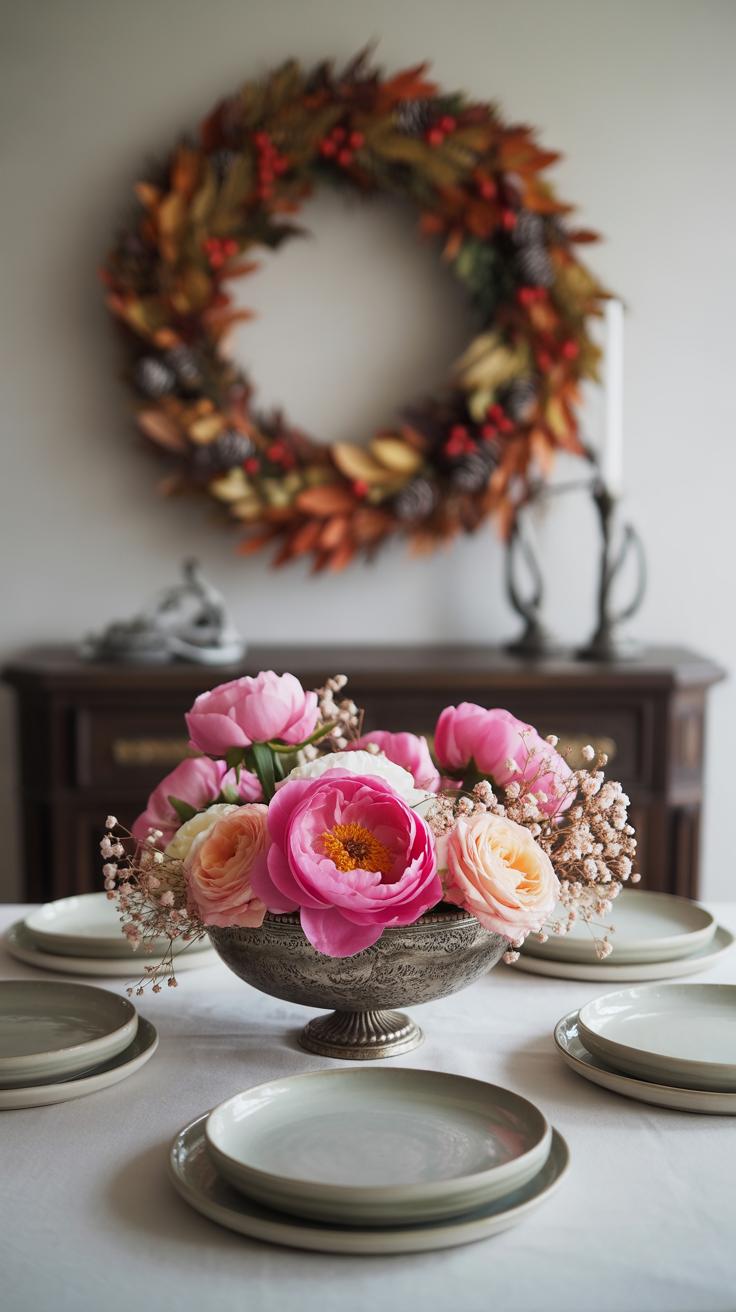Introduction
Thanksgiving is a special time to gather with family and friends to share a meal and give thanks. A well-set table adds to the joy of this celebration. Thanksgiving Tablescape Ideas To Inspire Your Feast will help you create a warm and inviting atmosphere for your holiday dinner.
In this article, you will find simple design tips and important elements to include in your Thanksgiving table setting. Whether you want a traditional look or something new, you will find ideas that make your feast beautiful and memorable.
Choosing a Theme for Your Thanksgiving Tablescape
Simple Rustic Themes Using Natural Elements
Selecting a theme for your Thanksgiving tablescape can feel a bit daunting, but it really just boils down to what kind of mood you want to set. Maybe you prefer something cozy and lived-in—that’s where a rustic theme fits perfectly. You can bring the outdoors inside with simple, natural items like wooden chargers, pine cones scattered along the table, or even fresh autumn leaves as accents. These natural elements don’t require expensive decor or fancy tools, just a little bit of time gathering from your yard or a quick trip to the craft store.
For example, try using slices of tree trunks as candle bases or coasters. Imagine those earthy textures combined with burlap runners or napkin holders made from twine. Pine cones can become miniature place card holders, or you can build small clusters with acorns and dried leaves for centerpiece fillers. It feels approachable, somewhat casual yet thoughtful. At least, that’s what I’ve found when setting my own table—it’s a little imperfect, a little raw, but warm and inviting.
Using Color Schemes to Set the Mood
Now, I think most people know color matters. But how much? Color really ties the whole tablescape together, turning random pieces into a single, inviting scene. Picking a color scheme early on also makes shopping and styling way easier. For Thanksgiving, warm tones like deep oranges, burnt reds, soft golds, and creams always work well. These colors echo the season and hint at harvest time without screaming decoration.
Try layering colors thoughtfully: maybe start with a creamy table runner, then add orange napkins and golden accents like candle holders or plates. You don’t have to stick strictly to one—mixing shades of red and brown or even a subtle pop of green can provide nice contrast yet still feel harmonious. Sometimes, I’ve noticed, less can be more; too many conflicting colors often pull the eye in different directions. So, keeping your palette focused helps guests settle in, appreciate, and maybe even start conversations about that perfect pumpkin shade or how the red matches grandma’s tablecloth from years back.
Selecting Table Linens and Placemats
Picking the right table linens can feel a bit tricky, but they play a huge role in setting the mood for your Thanksgiving table. You want fabrics that handle stray spills without looking tired right away—cotton and linen are often the best picks. They balance durability with a clean, natural look. Plus, their textures add subtle interest; think of slightly nubby linen or softly woven cotton that invites guests to linger over the meal.
When it comes to colors and patterns, autumn tones like burnt orange, deep reds, warm browns, and even muted greens really bring the season alive. Patterns don’t need to shout—simple plaids, gentle stripes, or understated floral prints can complement rather than compete with your other decorations. Personally, I’ve always found that mixing a solid-colored linen with a patterned runner keeps things from feeling too busy or dull.
Layering linens creates a richer, more intentional look. Start with a full tablecloth as your base—something neutral or soft-toned works well. Next, add a table runner, perhaps in a contrasting texture or slightly bolder shade, running lengthwise. Top it off with placemats that either echo your runner or add a new accent color. This step-by-step layering not only adds depth but also helps protect the table from forks and spills—always a win.
For example:
- Begin with a natural linen tablecloth in beige or cream.
- Place a burnt orange or rust-colored runner along the center.
- Add woven or fabric placemats in earthy browns or muted reds at each seat.
You might think this sounds like a lot of effort for one table, but the layers quietly build warmth and texture, making your Thanksgiving table feel more complete. Where do you usually turn for linens? Have you tried mixing textures too, or stick with one fabric type? Sometimes I get stuck on one style, but layering always helps me break out of the usual look.
Creating Centerpieces That Draw Attention
Choosing the right size for your centerpiece can be tricky. You want something that grabs attention but doesn’t block conversation across the table. Usually, a low arrangement works best—something no taller than 12 inches. But I’ve seen taller pieces that somehow worked, especially in bigger rooms or longer tables. Style-wise, you can lean rustic, modern, or classic. Think about what feels natural for your space and the mood you want.
When it comes to elements, mixing flowers, pumpkins, and candles feels almost essential for Thanksgiving. But don’t overload the centerpiece; simplicity often speaks louder. Use one or two focal pieces and then smaller accents scattered around. Maybe a cluster of small gourds on one side or a grouping of pillar candles on the other. Balance, but not too rigidly.
Using Flowers and Greenery
Arranging flowers doesn’t have to be complicated. Grab a simple vase and just trim the stems unevenly—a bit casual can look great. Seasonal flowers like chrysanthemums, dahlias, or sunflowers work well. Greenery such as eucalyptus or cedar sprigs add texture without stealing the show.
Keeping flowers fresh can be a bit of a challenge, I find. Change the water daily and trim the stems regularly. If you’re prepping before the day, refrigerate them overnight, if possible. It’s surprising how much longer they stay vibrant. And if you want to skip flowers altogether, a few well-placed sprigs of fresh greenery can be just as effective.
Adding Candles and Pumpkin Accents
Candles bring a warm, inviting feel—essential for the Thanksgiving vibe. Opt for unscented candles so they don’t clash with the food aromas. Use candle holders that are sturdy and wide enough to catch drips. Tea lights or pillar candles placed in groups add depth.
Small pumpkins and gourds add fall character without overwhelming the space. Cluster them in odd numbers—that always seems to look more natural. Place them strategically around candles or flowers but be cautious with real flames near dried pumpkin stems. Battery-powered candles might be a safer bet, especially if children are around.
Selecting Dinnerware That Matches Your Style
Choosing the right dinnerware is more than just picking pretty plates. It sets the tone for your entire Thanksgiving table and quietly shapes the way guests experience the meal. Depending on your theme, you might opt for classic white porcelain to keep things timeless, rustic stoneware for a cozy vibe, or colorful ceramics that bring a bit of fun and flair.
Think about the types of plates and bowls you’ll need. Shallow dishes work well for lighter fare, while deeper bowls are handy if soups or stews are on the menu. Glasses, too, carry weight—simple clear pairs might suit a minimalist look, but vintage goblets or tinted glass add character.
Utensils deserve attention, too. Matching silverware can enhance formality, but mixing metals—like brass forks with stainless steel knives—can surprise in a good way. The trick is not to overthink it, but to keep everything feeling like it belongs together, even when it doesn’t quite match perfectly.
Mixing and Matching for Visual Interest
Mixing patterns and solids lets your table feel collected instead of staged. Imagine using floral plates alongside solid chargers or striped napkins offset by plain dishes. It breaks monotony and invites the eye to explore the whole setup.
That said, there is some risk of things clashing. To avoid this, stick to a color palette, even if patterns vary. For example, mixing navy blues with soft grays or autumnal oranges with creams can ground your choices. You don’t want patterns to scream at each other, just whisper.
When in doubt, balance bold with simple. A boldly patterned plate is happy next to solid-colored glasses or flatware. It’s subtle but effective. Sometimes I end up with a mismatched set because I like pieces I find over time, and surprisingly, guests notice less than I do.
Focusing on Practical and Attractive Dinnerware
Beauty matters, but so does function. Pick dinnerware that feels sturdy in your hand—thin, fragile plates might impress but stress you during a large family meal. Consider size, weight, and how easy it is to hold items when your hands are full of plates or serving dishes.
Non-slip bottoms or slightly curved edges can make a difference, especially when hurriedly stacking plates or clearing the table. Also, think about cleaning—dishwasher-safe pieces save time and avoid that awkward hand-washing pile later.
Lastly, don’t shy away from what you like. Sometimes practical and pretty don’t go hand-in-hand perfectly, but balancing those won’t spoil your feast. After all, your guests will remember the food and company more than the dishes—but still, a well-chosen setting helps, right?
Arranging Napkins and Place Cards for Personal Touch
Napkins and place cards might seem small, but they make a big difference at your Thanksgiving table. Folding napkins doesn’t need to be tricky. A simple triangle fold or a basic pocket fold can look quite neat and formal without much fuss. Try folding the napkin in half diagonally, then tuck cutlery inside the pocket you create—it’s clean and practical. Or fold the napkin into a rectangle and stand it upright like a tent at each plate. These little touches quietly signal care, even if you’re pressed for time.
Place cards are another chance to add warmth. You don’t have to buy fancy ones. A little piece of cardstock with a name written in your best handwriting carries charm. Add a sprig of rosemary or a tiny pinecone for a natural look. You can even print names onto small kraft paper and clip them to mini clothespins resting on each plate. These simple efforts welcome guests in a personal way and help avoid any seating confusion, which can sometimes be awkward. What’s your style—classic, rustic, or something more playful? Your place cards can reflect that.
Incorporating Seasonal Decor for Warmth
When thinking about your Thanksgiving tablescape, bringing in seasonal items can really set the tone. Autumn leaves, acorns, small pumpkins, or even dried corn husks add natural textures and colors that feel familiar and inviting. I sometimes find that just scattering a few fallen leaves along the center runner instantly gives the table an earthy warmth, without going overboard.
Gathering these natural pieces doesn’t have to be complicated. You could take a short walk around your neighborhood or garden—looking for unique pinecones or interesting branches that fit the mood. Placing them thoughtfully—not just randomly—around the table makes a difference. For example, grouping a few acorns in a shallow dish or tucking leaves underneath a candle holder can create subtle layers that catch the eye.
While decorating, there’s always the tricky balance between beauty and practicality. You want your guests to feel cozy but not cramped. Keep space for plates, serving bowls, and, crucially, elbow room. Maybe avoid piling too many bulky items so people don’t have to shift decor aside to eat comfortably. It’s tempting to fill every inch with charming details, but I think a bit of breathing room helps everyone enjoy the feast more.
Lighting Your Thanksgiving Table
Lighting plays a big role in setting the tone for your Thanksgiving gathering. You want something cozy, inviting, that makes people feel at ease without overwhelming the space. Rather than just switching on a harsh overhead light, think about softer options that enhance the table and the room around it.
Candles are often the go-to choice, but string lights and lamps can add dimension too. The flicker of candlelight creates warmth, while string lights bring a subtle sparkle that feels a little magical. Lamps with warm bulbs—placed around the dining space rather than directly above—can fill in shadows and create comfort without stealing the spotlight from your table setting.
Safe Candle Placement Ideas
When it comes to candles, safety is key. You want that ambiance without the risk. Try grouping candles in sturdy holders that catch any drips or falling wax. Using votive or tealight candles inside glass jars or hurricane lamps helps protect flames from a breeze or a stray napkin.
Avoid placing candles near anything flammable like napkins, dried flowers, or paper menus. If kids or pets are part of the scene, consider flameless LED candles that still mimic the warmth but lower the accident risk. And don’t crowd candles too tightly—leave space so guests don’t accidentally brush against them.
Using Soft Lighting for Comfort
Soft lighting adds a subtle glow that makes the whole room feel inviting. I often use lamps with dimmers because you can adjust the ambiance as the evening progresses. The light softens, conversations warm up, and guests feel more relaxed. If you’ve got string lights, draping them along a nearby wall or window can catch the eye gently without pulling attention from the feast.
Think about layering light sources. A couple of candles on the table, lamps in the corners, and a string of tiny lights elsewhere can work together, creating a balanced atmosphere. It warms the space without glare or shadows that make table details hard to see.
Have you noticed how lighting can change the entire mood? Maybe start with brighter lights for setting up the table, then switch to soft, warm lighting once guests arrive. That way, your Thanksgiving table feels just right—welcoming but never dull.
Final Tips for Setting Your Thanksgiving Tablescape
Previewing and Adjusting Your Setup
Before the guests arrive, take some time to really look over your tablescape. Not just once, but several times, and in different lighting if you can. Daylight, the warm glow of candles, even the overhead lights if you usually use them—each changes how colors and textures come across. Sometimes something that seems perfect in one light feels off in another.
Try placing a few dishes or serving bowls on the table, even if they’re empty at first. It helps you see how everything will work together—the plates, the centerpiece, the flatware. Things may feel cramped or sparse, and adjusting now beats scrambling right before dinner. You might find that a decorative item needs to shift a little or that your place settings require a bit more space. It’s a small step that pays off big.
Timing Your Setup Perfectly
When should you set the table? This question trips up many, including me some years. Set it too early and napkins wrinkle, candles burn down, floral arrangements wilt. Set it too late and you feel rushed or miss some little details. A good rule of thumb is to finish your setup about one to two hours before mealtime. It’s close enough to keep everything fresh but leaves you room for last-minute tweaks.
Give yourself a buffer. You don’t want to be sweating over the table as guests arrive. Also, consider how much space you have for staging the table. If you need the dining area for food prep or plating, figure out the best moment to move everything into place. Planning this ahead can save moments of chaos on Thanksgiving day.
Conclusions
Your Thanksgiving tablescape sets the scene for a wonderful holiday meal. Thoughtful design and clear planning can transform your table into a welcoming place that invites happy memories and good conversation.
Use the ideas shared here to create a table that feels special to you and your guests. The joy of the season grows when you bring everyone together around a table filled with care and creativity.

